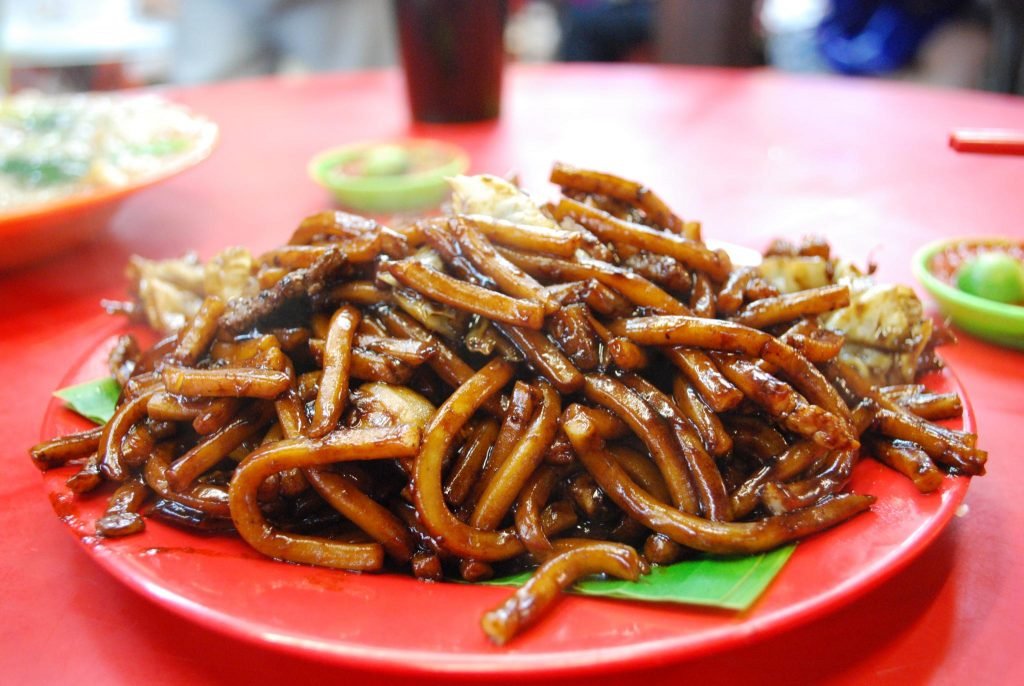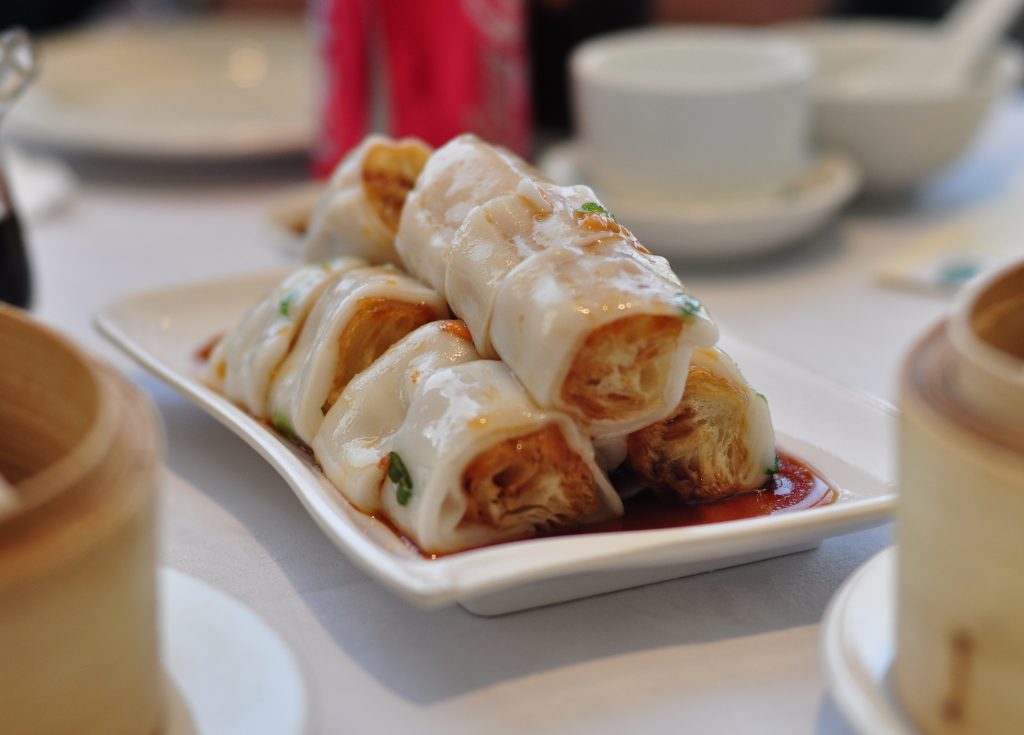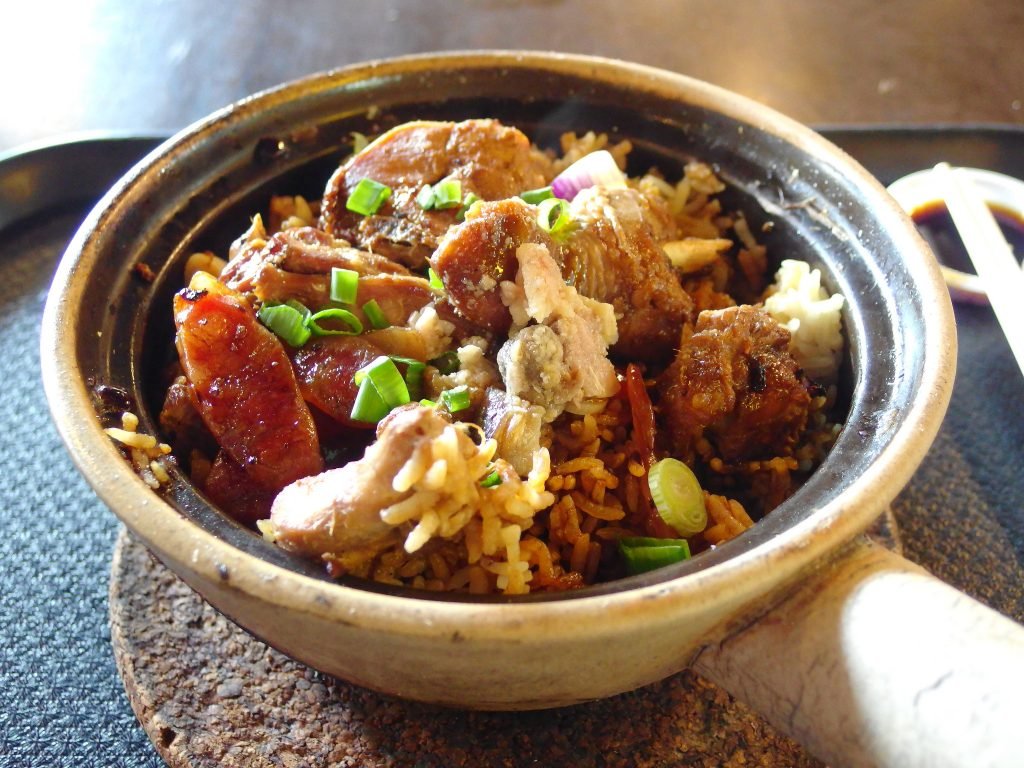
Photo by Pooja Chaudhary on Unsplash
Chinese Cuisine in Malaysia
Chinese food is universally beloved, with westerners even embracing the food box styles and chopsticks. Malaysian Chinese cuisine is no different in it’s popularity. Based on a range of dishes with roots from Fujian, Cantonese, Hakka and Teochew cuisines (as most Malaysian Chinese today are descendants from southern China). The culinary practices of these Chinese descendants evolved with time to fuse local characteristics into the dishes. For example, Hainanese chicken rice from Malaysia is flavoured with tropical pandan leaves and served with chilli sauce for dipping, quite different from the typical chicken rice dish found in Hainan Island.
Some of these Malaysian Chinese dishes and recipes became so closely associated with a specific city, town or village, they eventually developed iconic statuses and culminated in nationwide popularity. Found at roadside stalls, hawker centres or kopitiams as well as upmarket restaurants, many Chinese dishes with pork as an ingredient is substituted with chicken to fit with the Muslim community. In fact, some Chinese restaurants are even halal certified. If you’re looking to expand your palate, here are some Chinese Malaysian dishes you should try;

Photo Credit: Flickr / Chia Nien Hong
Hokkien Mee
Depending on where in Peninsular Malaysia you are, ordering a bowl of Hokkien mee may be complicated as there are two popular types of this noodle dish. Hokkien mee in Penang is known as har mee (or prawn noodles) in other parts of Malaysia. Possibly one of Penang’s most famous specialties, Hokkien mee is a noodle soup with yellow and rice noodles immersed in a spicy stock made from prawns and pork (chicken for halal versions). Garnished with half a boiled egg, poached prawns, chopped kangkung and a dollop of sambal, it is a crowd favourite for Penangites.

Photo Credit: Flickr / Alpha
Hokkien char mee on the other hand, commonly served in Klang Valley, is a dish of thick yellow noodles that is braised and fried with thick black soy sauce. Most establishments also include crispy fried pork lard, pork slices, prawns, and an assortment of vegetables, so it is not strictly halal. Originally developed in Kuala Lumpur, it is commonly referred to as Hokkien mee in most central Peninsular parts of Malaysia. While both variations may be different, they are also both wildly popular amongst Malaysians.

Photo Credit: Flickr / Jeffrey Lee
Hainanese Chicken Rice
While there are many versions of chicken rice available, Hainanese chicken rice is arguably one of the more popular versions available. It is prepared with traditional methods of steeping the entire chicken at sub-boiling temperatures within a master stock until cooked, ensuring the chicken is moist and tender. The meat is then chopped up, and served with a plate of rice that is cooked in chicken stock and served alongside a set of condiments and chillies.

Photo Credit: Flickr / Lucas Richarz
Chee Cheong Fun
This noodle dish is popular as a light snack and a main meal, depending on the variation. Square rice sheets made from a viscous mixture of rice flour and water, the liquid is poured onto a specially-made flat pan in which it is steamed to produce the square rice sheets. The steamed rice sheets is rolled or folded for ease in serving, and accompanied with a sweet fermented bean sauce and chilli paste. You can find a version of it at dim sum establishments, but Ipoh and Penang have slightly different variations of the dish, with Ipoh serving the noodle sheets with a red sweet sauce while Penang serves it with a sweet, black shrimp sauce.

Photo Credit: Flickr / Gibbyli
Claypot Chicken Rice
Seasoned rice is cooked in a claypot with secondary ingredients, and finished with soy sauce. Lightly sweet and savoury, this chicken rice is traditionally cooked with charcoal fire. Typical additions include salted fish and lap cheong (sweet Chinese pork sausage) to add more flavour and depth to the dish, although customers are free to pick and choose their accompaniments. As most places still use the traditional charcoal fire to cook, a wait time is normally expected when indulging in this particular Malaysian Chinese dish.
